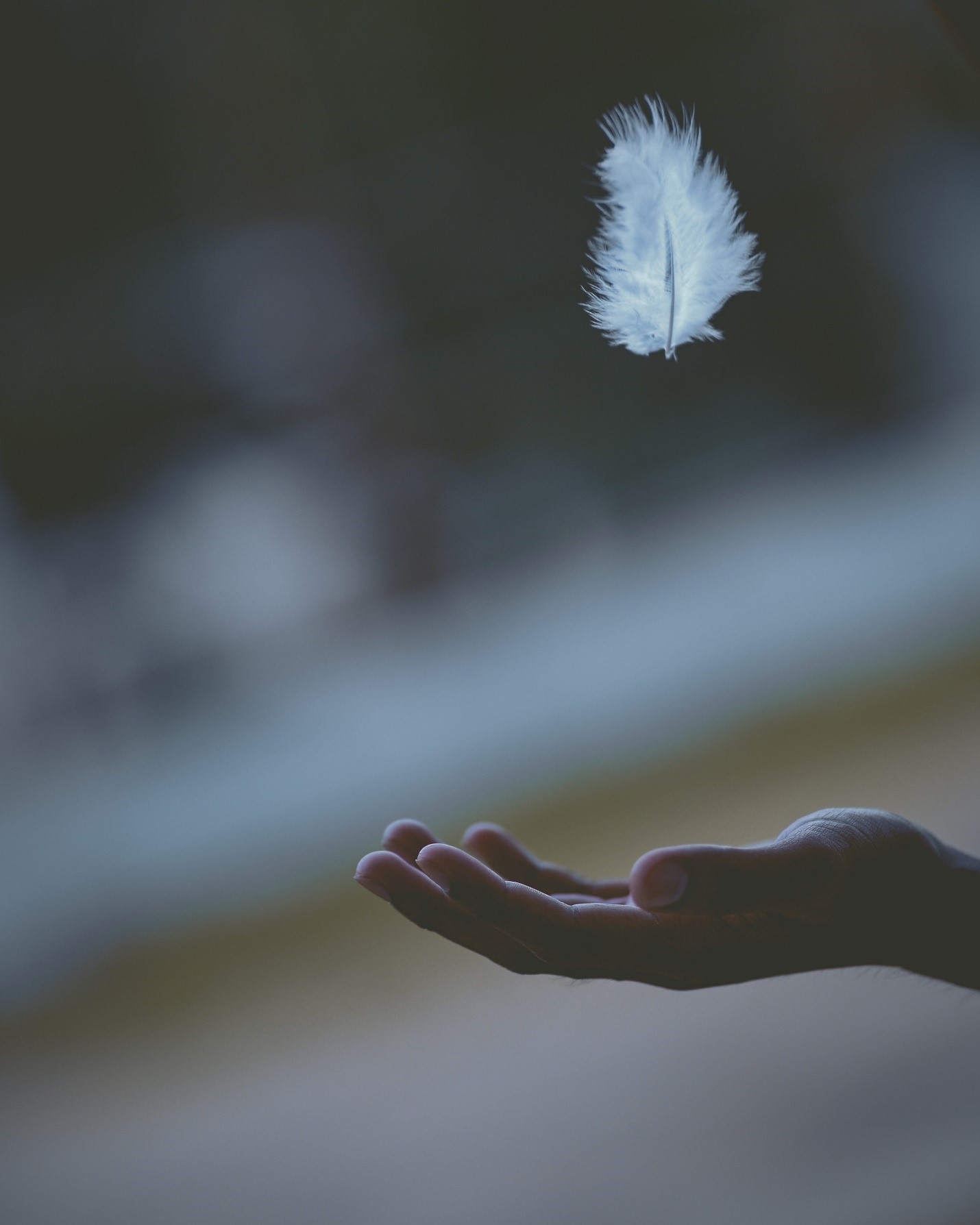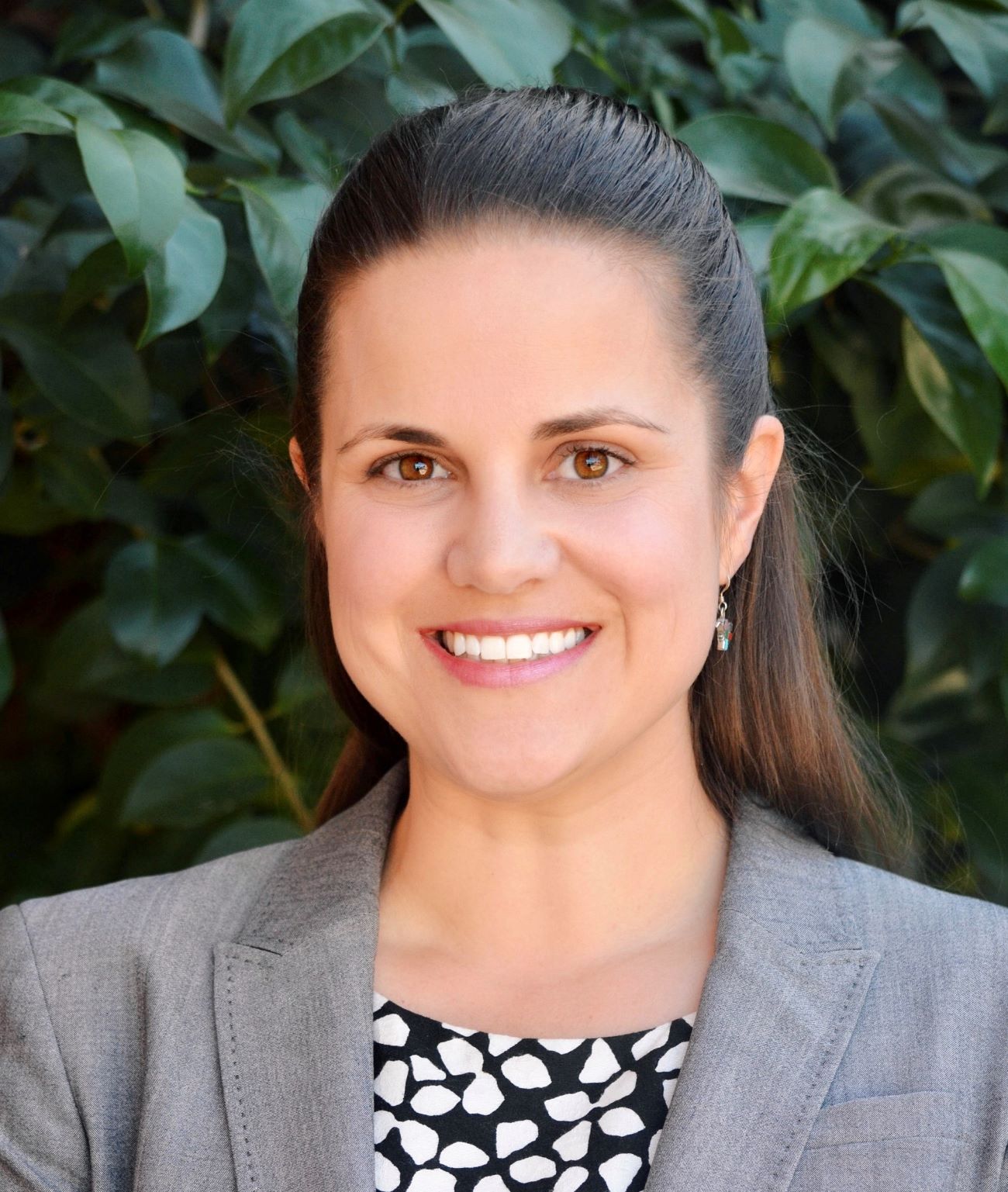In my life, I have experienced an unusual amount of trauma and loss. When I was just one, my mother died. When I was 11, my family lost my brother. When I was 21, my two best friends died in a dreadful car accident—one exhaling for the last time in my arms. It later occurred to me that these events marked a pattern of profound loss in my life (1, 11, 21): I was terrified to turn 31.
That “pattern” was interrupted. Months before my 30th birthday, my other brother died tragically in a car accident. Then the pattern returned. When I was 31, my father died unexpectedly. And there were others.
Upon the shock and pain of losing those closest to me, I somehow endured the unrelenting despair and sadness that only those experiencing grief can understand. Each loss impacted me differently. All knocked me sideways.
Surprisingly, as I was forced to navigate the waves of grief again and again, I sometimes found myself experiencing something I never could have expected –profound joy.
How could this be possible?
This has been hard to share but I want to put it into words as it has helped me to not only cope, but also to become more resilient, and rise…
Surprisingly, as I was forced to navigate the waves of grief again and again, I sometimes found myself experiencing something I never could have expected –profound joy.

If we’re lucky, we are given time to grieve when those closest to us die or leave –usually until the rest of the world moves on. Unfortunately, the moment after everyone pays their respects and goes on with their lives is when grief hits the hardest—when our support systems aren’t always there to sustain us. I’ve been forced to learn that if we give ourselves permission and time to process grief in all its forms, and if others can manage to offer us the same, we somehow are able to open space in our hearts to experience moments of powerful joy.
For me, this joyfulness came through meaningful flashes of love and hope, through the visible and invisible waves of the electromagnetic spectrum. The down feather that fell in front of me the moment I was praying to my mother, no trees or birds in sight. The moment when I asked my late best friend a vital question in my mind, and her song immediately played on the satellite radio (I’d never heard it on the radio before, nor after that). The dream when my late grandfather confirmed I was having a boy, months before the anatomy scan ultrasound. The rainbow over the church during my brother’s funeral. The time I woke suddenly from a deep sleep and the full moon shone majestically through the window—moonlight filling the room, along with a knowingness that my loved ones were still with me as pure love, guiding me.

The inexplicable fragrance of jasmine in the air when walking alone in the dark in the middle of a famine-stricken neighborhood in Ethiopia, when volunteering for a program named after my late mother-in-law (and jasmine was her favorite flower). That same scent at Havasu Creek in the Grand Canyon, the first time her son and I hiked there.
The hummingbird that danced millimeters from my face at the exact time that it also happened to my cousin across town—and then my mother’s childhood locket somehow found its way to us after 50 years – just days before my wedding. When I looked out the window and two shooting stars zoomed across the sky, the exact moment I was wishing my two best friends who died much too young could have been at my wedding the night before. The time my baby boy (who could barely speak) pulled his pacifier out and confirmed to his nanny and I, in the most mystical way, that his late grandmother patted him to sleep that night.
The ladybug that landed on my hand the exact moment I was talking about my late best friend (and ladybugs remind her mother and I of her). The cardinal that appeared weeks before my father died, and continues to, with impeccable timing. The hot air balloon that literally flies over our house at just the perfect time.

These essential moments, these tiny miracles, have brought me and those I love profound joy as we’ve journeyed through life, while missing those we loved so dearly. And these are just the tip of the iceberg (don’t even get me started on super synchronicities, like those I continue to experience with rainbows, animals like giraffes and hummingbirds, or John Wayne, my late grandfather’s best friend).
The point is, noticing and honoring these moments of profound joy, these beautiful signs and sometimes elaborate, seemingly implausible synchronicities, are some of the ways we can honor our loved ones after they pass. It’s also an astonishing way to help us heal our broken hearts, patch our torn spirits, and maybe even experience the unshakable feeling of interconnectedness for ourselves.
According to an article by Madeline Vann, I am not alone in this. Vann interviewed Janice Miner Holden, chair of the department of counseling and higher education at the University of North Texas in Denton. According to Holden, “one in three people experience what is clinically termed as an ‘after-death communication’ (ADC)”, and 75 percent of these occur during the year after a loved one passes away. The term ADC refers to meaningful contact with people after their bodies die.
ADCs can range from feeling a loved ones presence, to seeing, hearing, smelling, or having a tactile sensation associated with that person. Holden says that ADCs almost always impart a sense of “love, joy, peace, patience, goodness, kindness, (…) and self-control. In fact, some of the additional benefits of ADCs are reduced blame and anger, reduced detachment and reduced disorganization.”
In their book Greater Reality Living, ADC experts Drs. Mark Pitstick and Gary E. Schwartz further describe ADCs as occurring “via the usual senses or more ethereal ones such as seeing with the mind’s eye, telepathically hearing, or inner knowing”, as well as during dreams. They also discuss well-documented and validated evidential ADCs (experiences in which a person learns something they did not, or could not, know before that is later verified), as well as other first-hand experiences.
Experiencing ADCs help those grieving by accelerating the healing process. This most certainly has been true for me.
To be sure, unprocessed grief can lead to depression, anxiety, social isolation, substance abuse, and suicide. I’ve experienced my share of shock, profound sadness, lasting guilt, severe anxiety, depression, and all the heaviness you might expect from traumatic loss.
I’ve also felt pure love, intense joy, wonder, bottomless faith, oneness, happiness, forgiveness, relentless gratitude, compassion, and so much more. What I know is, grief and joy are two sides of the same coin.
It has been through holding space for joy in my heart and connecting with love when sitting with pain, in the throes of sorrow, that I managed to swim not drown. That I was able to stand in awe of life and love, and embrace it as all that is me—and all that is we. Over time, that initial space of love and joy grew, until it could no longer contain or entertain anything else but love and conviction.
“What I know is, grief and joy are two sides of the same coin.”
The moments of joy and grief that we experience after a death or separation weave a tapestry of healing over time – the weft and warp of grief and joy intertwined through our memories, hearts, and lives. Pull the warp of joy, and the fabric of our life as we know it goes with it, leaving only the weft of grief. Pull the weft of grief, and the warp of joy and wonder is no longer unwavering.
This is why we must allow ourselves and others who’ve lost a loved one to process their grief over time, an aching that never goes away, while also making and holding space for moments of joy and healing to weave their way in. For people who love us to weave their way in.
So the question is, how can we make and hold this space for ourselves or others to get to a place where healing can begin, where we can nurture experiences and relationships that can shift our perspective forever?
Give yourself permission to ride the waves of sorrow and hold on. Hold yourself and let yourself be held, literally and figuratively. A shift in perspective and perception can happen in an instant.
Remember to also give yourself permission to connect with joy, your inner-self, with others, as well as those you’ve lost. And know that you will never get over the death of someone you love; you’re just learning to live with it.
Sit quietly with yourself or your loved one who is hurting – go outside for a walk, or a drive, or a meal – and pay attention. Safely unpack your grief when you need to. See a therapist when you need to. Do what you can to honor those you have lost by remembering the happy times, or even commemorating their lives through any manifestation of love that feels right. During these moments of connection, notice what you see, smell, hear, feel, and think.

You just might be amazed at what you can experience if you stop for a moment to realize the meaningful “coincidences” that are happening around you – for you.


